Page de Victor Lamarre--Colliot¶
Page perso¶
Présentation¶
Victor, student in Master1 ISC SE (Ingénierie Systèmes Complexes, Systèmes Électroniques) in Talence. In a team of 6 students, we are working on :- MELLIA's reproduction
- The OpenHive scale's reproduction
- Then use of QCMs (Quartz Crystal Microbalance) for MELLIA
To contact me :
victor.lamarre-colliot@etu.u-bordeaux.fr
Cet espace est organisé par date. J'ai listé les activités effectuées chaque jour.
This page refers the activities conducted. They are organized by dates (french format).
My colleagues : Kyrian Bunel, Maxime Pellen, Tom Balouki, Cyprien Lopez and Dimitri Tsekhanovich
We all do own a personnal page where all the work done from th 01/06/2025 to the 03/28/2025 is documented.
Open Hive Scale¶
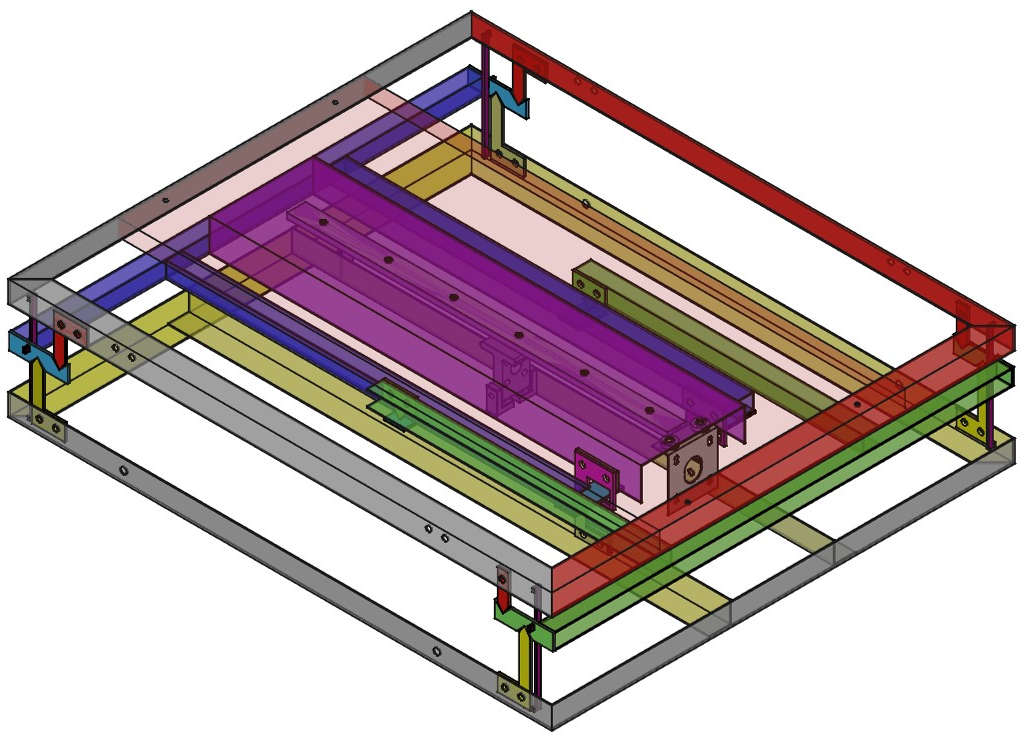
Le projet OpenHiveScale, mené par Pierre GP, est une balance connectée pour ruche. La balance est mécanique sur le principe empirique de la balance romaine.
Lien vers le wiki de la balance : Openbeelab
"L'objectif de ce projet est de concevoir une balance de ruche, réparable, simple à fabriquer, abordable, et fiable sur le long terme.
Cela peut permettre aux apiculteurs d'obtenir des balances de ruches plus facilement et d'être plus autonomes sur la maintenance par rapport aux balances du marché, tout en aillant une très bonne précision de mesure tout au long de l'année.
Openbeelab est un projet toujours ouvert aux améliorations, et aux retours des utilisateurices."
Présentation¶
Dans le cadre de notre projet, nous devons comprendre comment fonctionne la balance, pour ensuite l'améliorer et l'utiliser avec des capteurs installés dans la ruche. Le but étant d'avoir des informations sur la santé de la ruche et la qualité de vie des abeilles.
Amélioration du contre-poids¶
Afin de connaitre le poids de la charge, un contre-poids sous la balance permet de contre-balancer la masse de la charge jusqu'à un point d’équilibre. Le contre-poids est suspendu et se déplace sur une courroie entraînée par un moteur.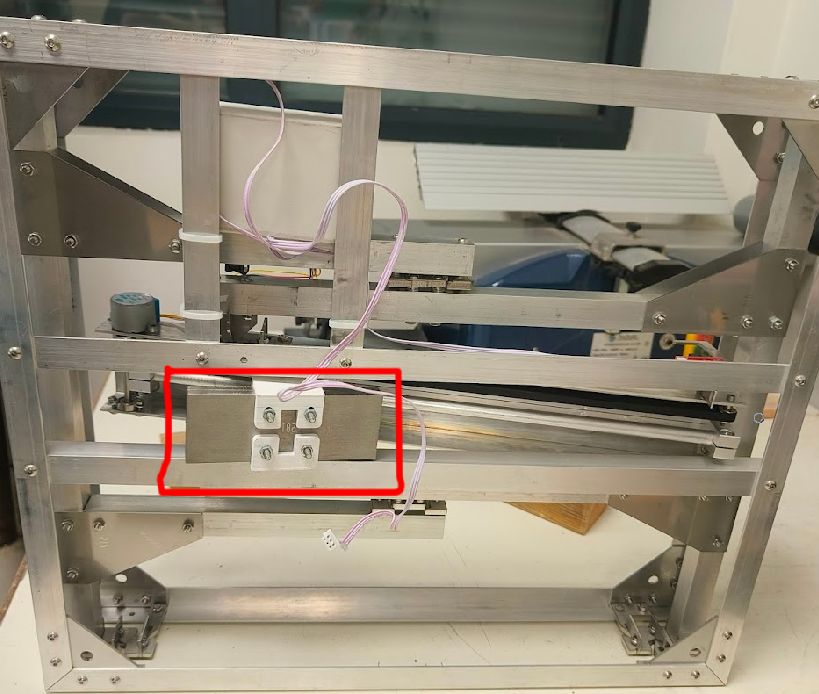
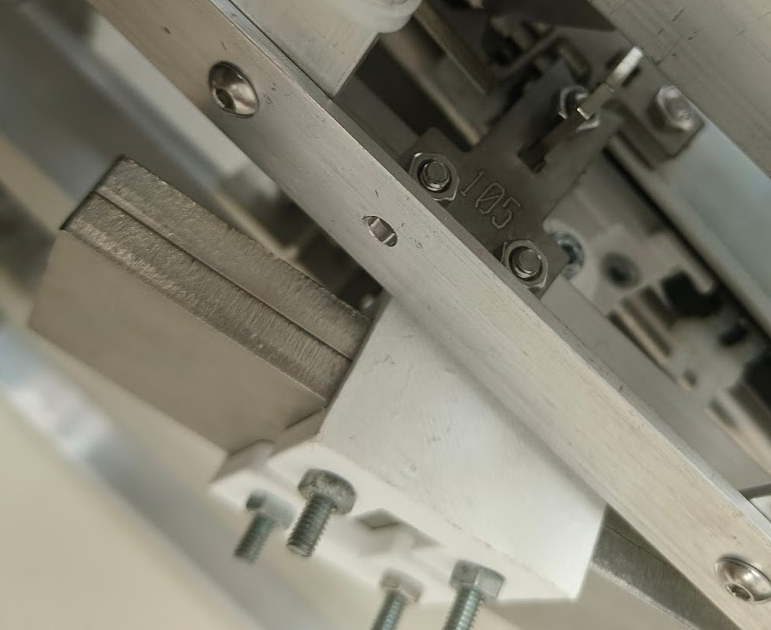
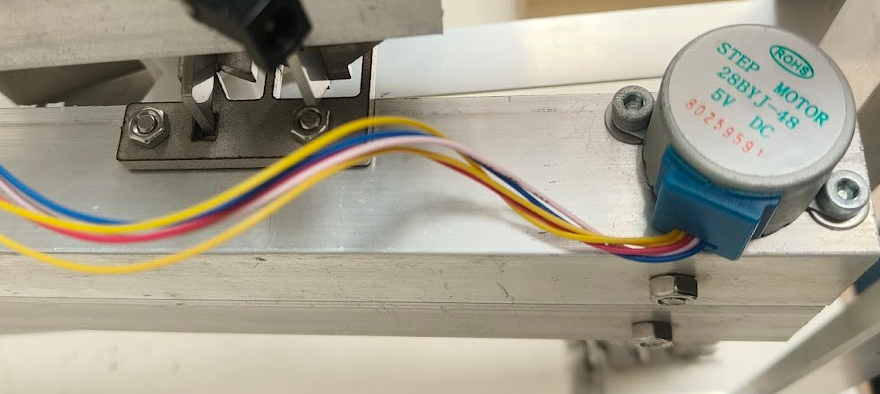
Nous avons commencé par démonter la balance pour en comprendre le fonctionnement, et nous nous sommes apperçus que le contre-poids était trop bas et touchait le sol si la balance n'était pas surélevée.
Voici l'ancien support :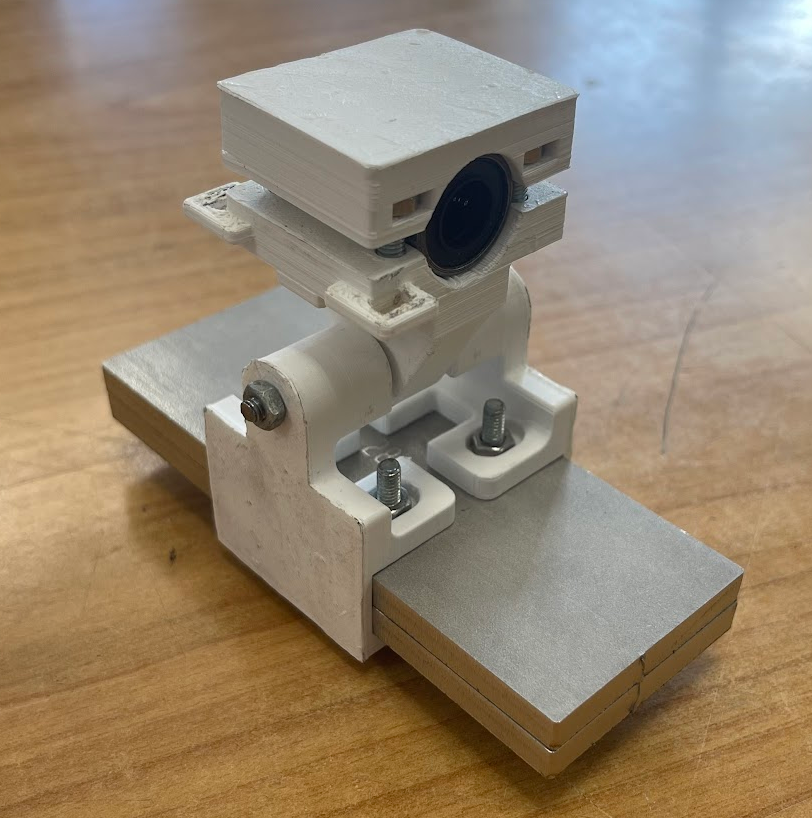
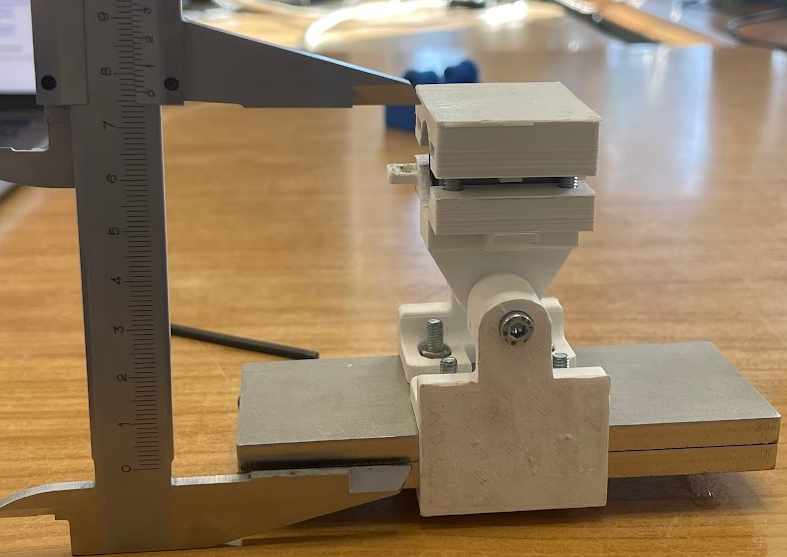
Nous avons donc passé une demie journée pour re-dessiner la partie basse du support, pour ensuite l'imprimer en 3D.
Cette seconde version ne respectait pas les côtes : 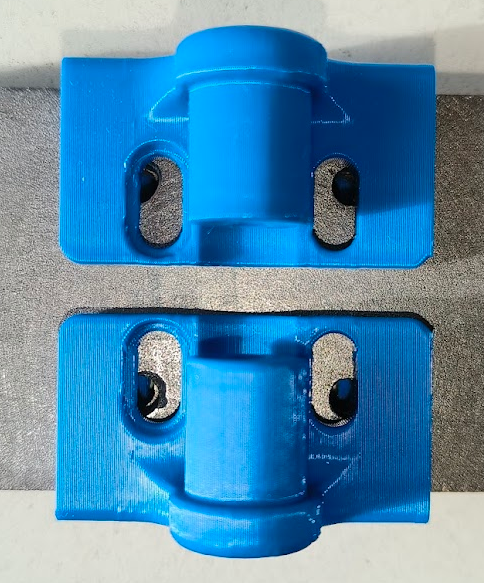
Une dernière version a été conçue, reprenant le haut et le bas du support. Cette dernière est fonctionnelle :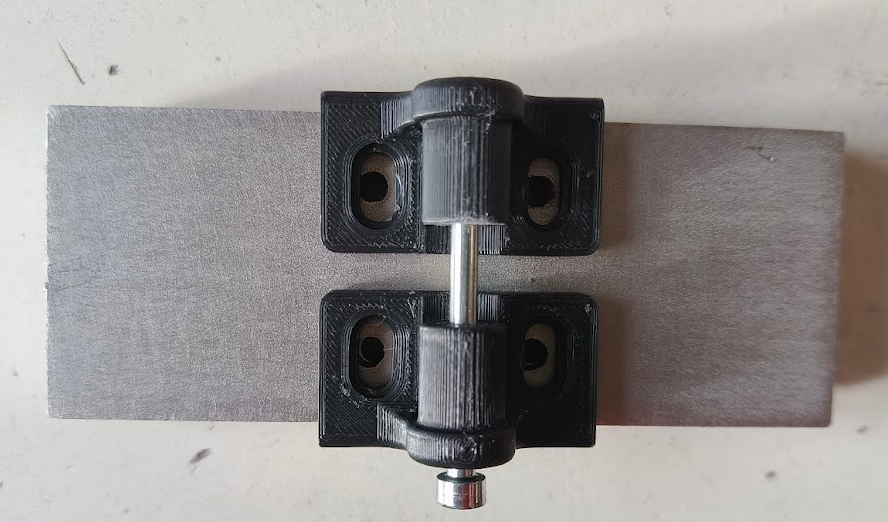
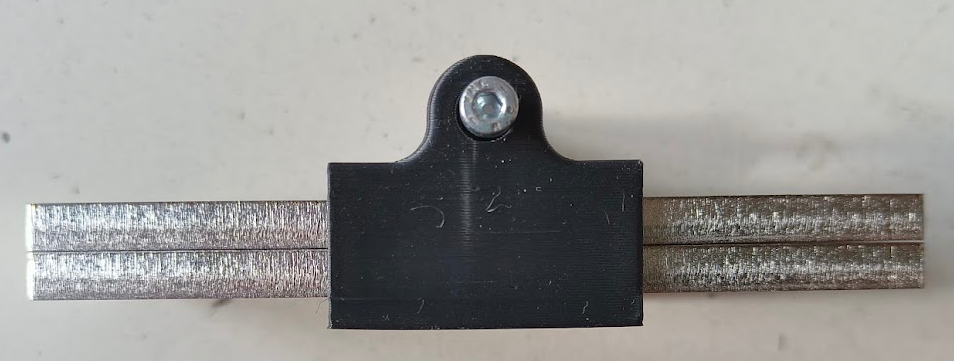
Recherche des capteurs¶
https://www.mouser.fr/ProductDetail/Bosch-Sensortec/BME688?qs=IS%252B4QmGtzzqQoVDscqwx3A%3D%3D
Micro piezo, tester sa plage de fonctionnement en créant une onde meca (GBF, buzzer).
Recherche LoRa¶
Consulter le prompt chatGPT. Nous souhaitons envoyer les données des capteurs vers un serveur en LoRa pouèr ensuite les récupérer avec un appareil type téléphone ou ordinateur
Historique par dates¶
06/01/2025¶
Powerpoint :
1-QCM
2-Mellia
3-Openbeelab
First steps using the fablab wiki and especially Openbeelab (ici), rdv Hamida and searchers, sharing the tasks and researches (google scholar).
Articles :
Review QCM
summary : This article reviews the various electronic interfacing techniques used with Quartz Crystal Microbalance (QCM) sensors, which are widely utilized for measuring mass, viscosity, temperature, and humidity in diverse environments, including gases and liquids. It highlights the importance of selecting the appropriate electronic system for accurate QCM measurements. The paper discusses several QCM measurement methods, including impedance-based analysis, conventional and lock-in oscillators, exponential decay methods, and phase-mass characterization. It compares these methods' performance and provides recommendations for system improvements, particularly for high-temperature applications using crystals like GaPO4 and Langasite.
QCM sensors work based on the piezoelectric effect, where a quartz crystal’s oscillation frequency shifts in response to the mass of a deposited material. These sensors have become essential in biosensing, chemical detection, and other applications, especially in liquid media. The article also explores the challenges in operating QCMs under varying conditions, such as temperature changes, and discusses advances in sensor sensitivity, including electrodeless QCMs and Film Bulk Acoustic Resonators (FBAR).
For high-temperature environments, the paper emphasizes the use of novel materials like GaPO4, which can operate at temperatures up to 900°C, surpassing the limitations of traditional quartz crystals. The review also includes a comparison of different QCM electronic interfacing systems, with recommendations tailored for specific applications. The paper concludes by analyzing the design considerations for high-temperature QCM systems and offering insights into their performance and stability.
VOCs frequencies and QCM
summary : This article reviews the use of Quartz Crystal Microbalance (QCM) devices for detecting and quantifying volatile organic compounds (VOCs), which are a growing concern due to their environmental and health risks. VOCs, emitted by both natural and anthropogenic sources, can contribute to global warming and pose health risks to humans, animals, and plants. Detecting and discriminating these compounds is crucial for various applications, including environmental monitoring, food safety, and medical diagnostics.
QCM sensors are highlighted as an effective tool for VOC detection, with their ability to measure mass changes from absorbed VOCs on the sensor surface. The review focuses on the development of QCM-based sensor arrays for selective VOC detection, employing various coatings such as polymers, macrocycles, and ionic liquids to enhance sensitivity and selectivity. These coatings are crucial for improving the sensor's ability to differentiate between different VOCs.
Additionally, the review covers advances in electronic systems for QCM devices, which help improve measurement accuracy and sensitivity. Traditional VOC detection methods, such as gas chromatography and Fourier Transform Infrared spectroscopy, are mentioned but are noted for their complexity, high cost, and slower processing times compared to QCM-based sensor arrays.
Finally, the review emphasizes the importance of statistical analysis techniques in interpreting QCM data and creating sensor arrays that can detect a wide range of VOCs. The article concludes by summarizing current developments in QCM electronics and the potential for further improvements in VOC detection.
"
summary :
07/01/2025¶
similary solutions openbeelab
We find a lot of similar weighing systems on the market, the major part of them uses a strain gauge under the frame and sends information over WiFi.
balance cellules charge
Powerpoint to state the art of hive scales and our OpenHiveScale.
09/01/2025¶
IDEA : It could be usefull to pre-drill holes in the lower part of the frame of the scale in order to potentially screw adjustable feet allowibng to adjust the level of the scale + the hive in every environment.
With Kyrian Bunel we began disassembling the scale, and designed a first version of the counterweigh holder. We are discussing about changing some electronical parts (battery and so on).
13/01/2025¶
redesign and print of the counterweigh holder (mark 2), reassembly of the scale, settlement of the counterweigh holder
/!\ THE SCREWS MIGHT NEED TO BE CUT SHORTER /!\ 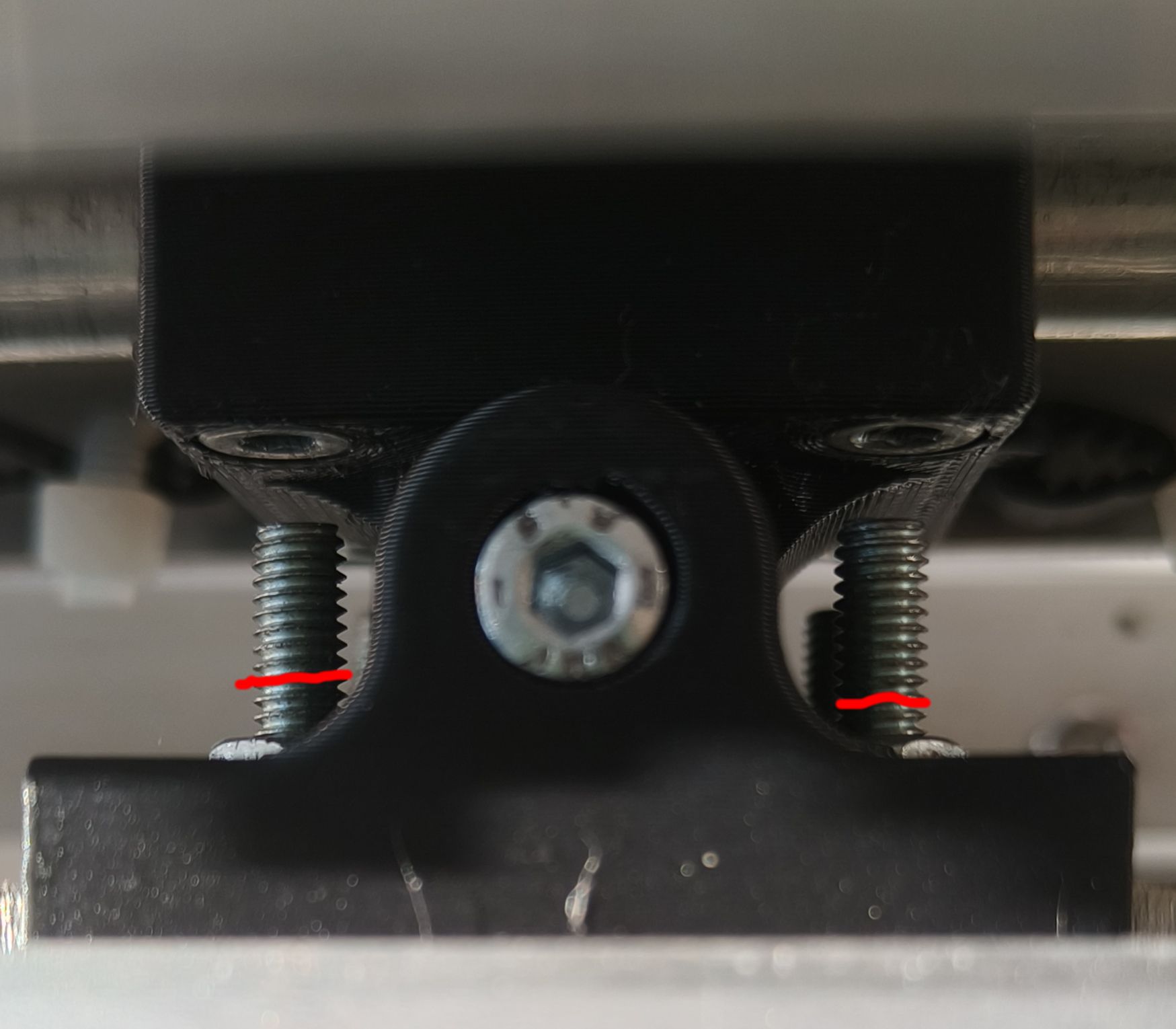
Two on the assembly (with Kyrian Bunel), it took us a hour and half. We followed the steps in the file assembly_manual.pdf (attached below).
14/01/2025¶
Modifications added and translation from french to english of this whole page.
Tried and abandonned FreeCAD V0.21. Going to try it later at home with the latest version
15/01/2025¶
Searching ways to improve the MELLIA hive. Sensors and code are available on the website together with a link for the GitHub.

Rework the PCB
16/01/2025¶
Researches about diseases encountered when carrying hives, how to detect them and what type of sensor could be used to detect them.
Available on the page Plan Bee of the wiki.
03/02/2025¶
Last two weeks we chose the sensors that will equip the hive, indoor and outdoor as well, and we learnt how to simulate.
Also, we will change MELLIA's card to adjust the impedance of the copper path linking the antenna to the micro-controler.
| Model | Type of component | Dimension | Price (€) |
| LoRa-E5-HF | Communication | 12mm x 12mm x 2.5mm | 10 € (Mouser) |
| BME688 | Humidity, temperature, pressure, gaz (CO2, NH3, COV) | 3.0 mm x 3.0 mm x 0.93 mm | 10 € (Mouser) |
| piezo disks TIMESETL | Frequency | diameter : 27mm width : 0.4mm | 11 € for 10 disks (amazon) |
To caracterize the microphones we can use a buzzer with a GBF, vary the frequence and meseaure the micropphone's output with a scope.

05/02/2025¶
We gather
06/02/2025¶
I tried to measure a piezo microphone using a a buzzer coupled with a freq generator. I tried to put the mic away from the buzzer, or to stick it to the buzzer and neither of these worked. As the Freq Generator isnt accurate i generated frequencies on my bluetooth speaker and attached the microphone to it.
It seems the signal isnt strong enough to be analysed with the oscilloscope. I will use an op-amp to amplify the signal.
07/02/2025¶
Created a preamp for the microphone, used a veroboard for the card.
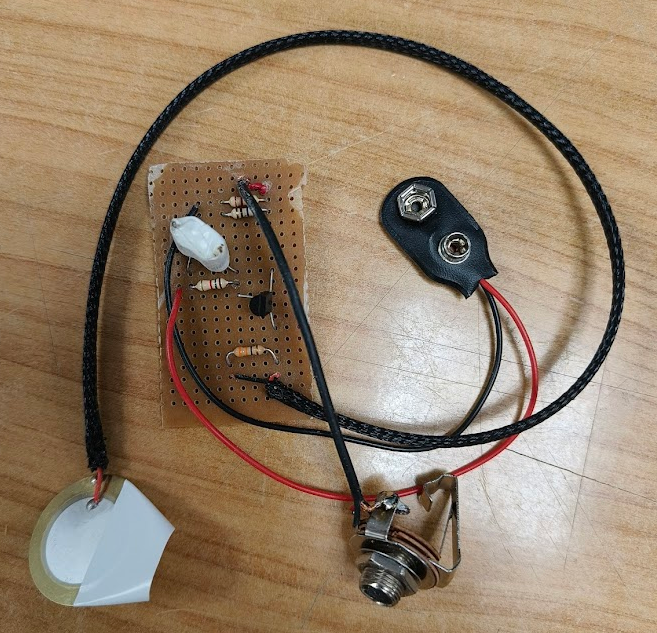
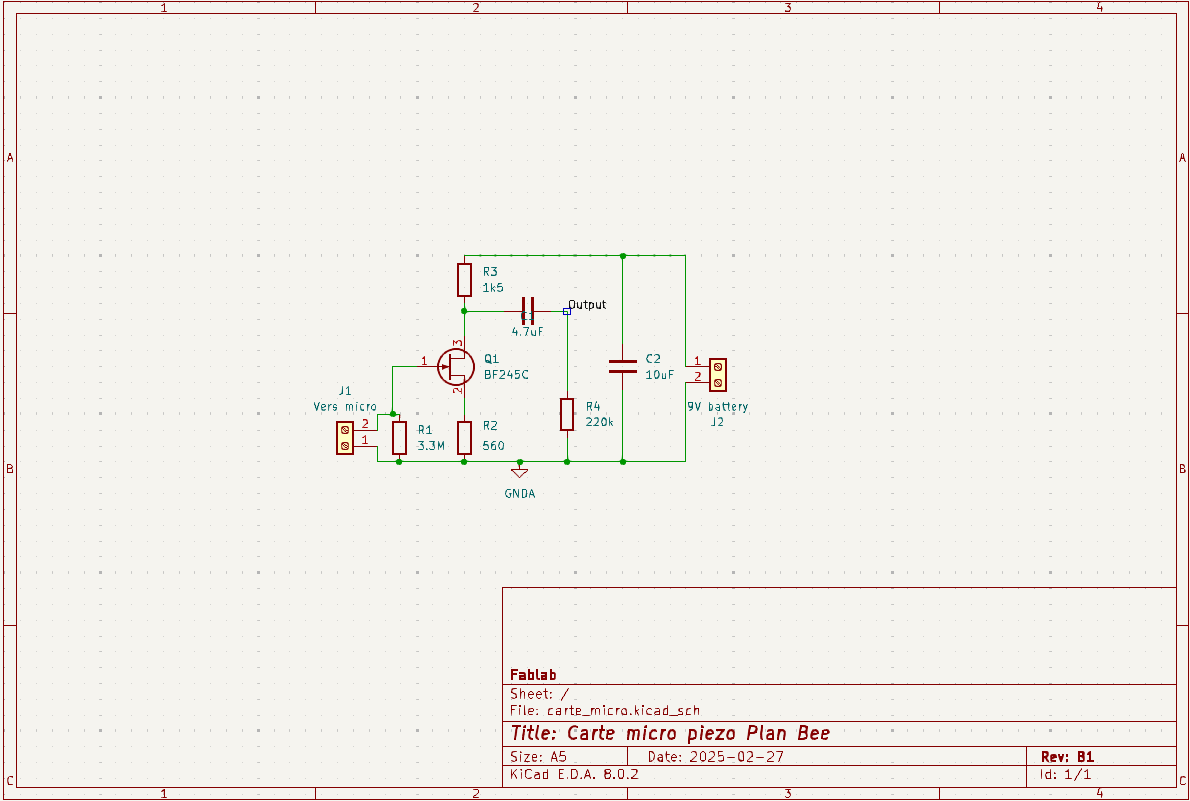
You can find the schematics and the KiCad project in this zip carte_micro.7z
Comparatif batteries / piles
| Autonomie | cycles | Températures d'opération | Prix unit | |
| LiFePO₄ | 2h | 2000 à 5000 | -20°C à 60°C | 80€ |
| Li-ion | 2h | 500 à 1500 | -20°C à 60°C | 30€ |
| plomb-acide | + de 2h | 300 à 500 | -15°C à 50°C | 50€ |
| NiMH | 20 mins | 500 à 1000 | -10°C à 50°C | 10€ |
| pile AA | référence 1h | 1 | -18°C à 54°C | 2€ |
Liens utiles¶
OpenHiveScale
Git OpenHiveScale
Gantt
Photos prises par l'équipe
MELLIA
Git MELLIA